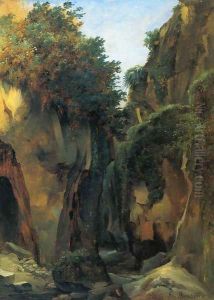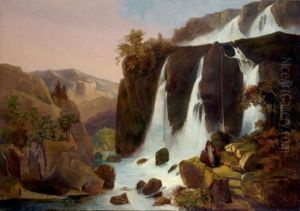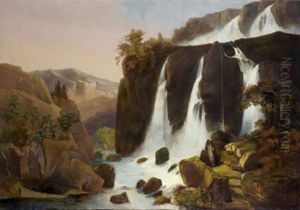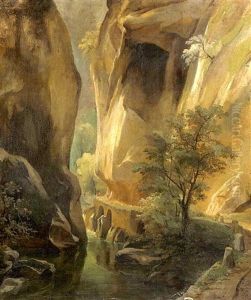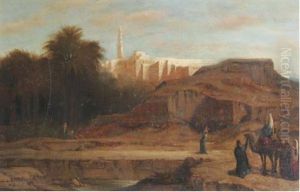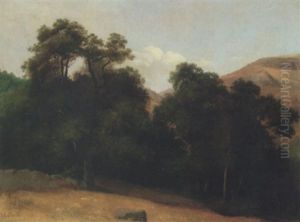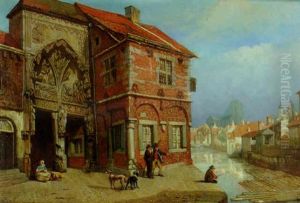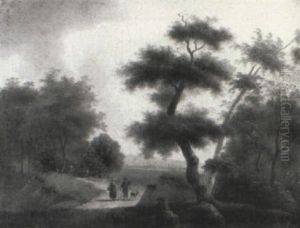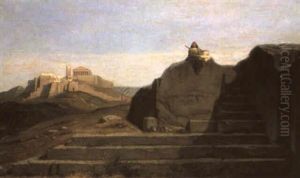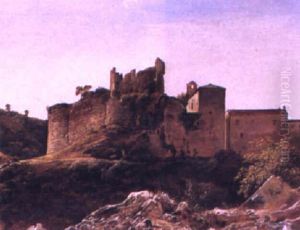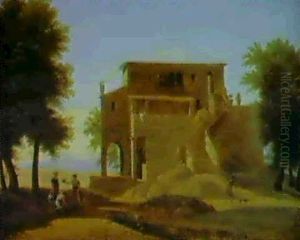Francois-Edouard Bertin Paintings
François-Édouard Bertin was a French landscape painter born on September 29, 1797, in Paris, France. He was the son of Louis-François Bertin, known as Bertin l'Aîné, who was a journalist and the director of the influential newspaper 'Journal des débats'. François-Édouard was part of a prominent family; his brothers, Louis-François Bertin de Vaux and Armand Bertin, were also well-known figures in the world of journalism and media.
Bertin was initially trained in art by his father, who was an amateur painter himself, but he later pursued formal education in the arts. He became a student of the renowned neoclassical painter Jean-Victor Bertin, who was influential in the development of French landscape painting. This education under Jean-Victor Bertin, who was not related to his family despite the shared surname, had a significant impact on François-Édouard's style and approach to landscape painting.
Throughout his career, François-Édouard Bertin was deeply influenced by the classical landscape tradition, and his works often reflect a serene and idealized vision of nature. He was part of the Barbizon school, a group of artists who focused on realistic and plein air painting, and his work exhibited a preoccupation with atmospheric effects and the truthful depiction of light, which was a precursor to the Impressionist movement. Despite this association, Bertin maintained a more classical and structured approach to composition than some of his contemporaries who were more experimental.
Bertin exhibited his works at the Paris Salon, the official art exhibition of the Académie des Beaux-Arts in Paris, and received recognition for his landscapes. His travels throughout France and Italy, particularly the Roman Campagna, greatly influenced his artwork, as he often depicted the Italian countryside.
François-Édouard Bertin remained an active artist until his later years, continuing to paint and contributing to the evolving landscape tradition in France. He passed away on May 10, 1871, in Paris. His works continue to be appreciated for their contribution to the 19th-century French landscape painting genre, bridging the neoclassical tradition and the emerging naturalist impulses that characterized the art of his time.
